Symptoms of Heel Spurs and Treatments
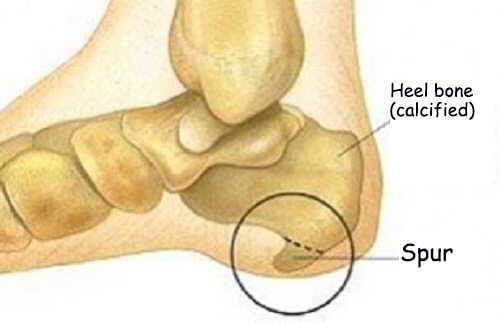
Have you ever had heel spurs? It’s quite common these days. They are usually caused by a very small bone that forms on the heel. Pain is one of the symptoms of heel spurs. This can be so severe that it prevents you from performing your daily activities as usual. To recover completely, you should be patient and follow these guidelines. Let us explain.
Why do we get these so-called “heel spurs?”
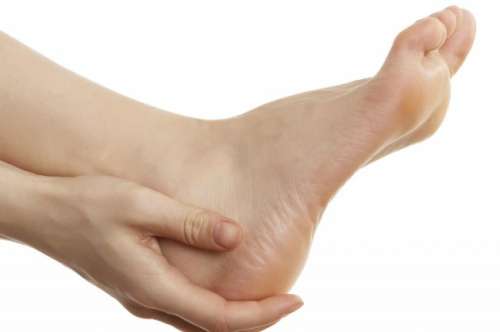
But why does it form? The most common cause is age. However, young people who spend a lot of time on their feet can also suffer from heel spurs. Being a few pounds overweight is another factor to take into account.
Also See: Reasons You May not Be Losing Weight
Those who have a very elastic Achilles tendon may also be more prone to the formation of heel spurs, and this often escapes detection. Depending on your anatomy and the characteristics of your foot, you may have a higher or lower risk of developing this annoying problem.
What are the symptoms of heel spurs?
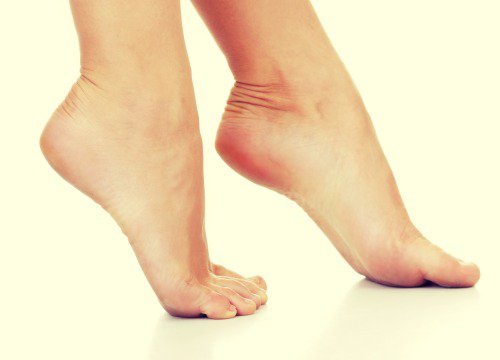
- Heel spurs cause a fairly sharp pain that varies in intensity, depending on what you’re doing.
- The pain tends to be greater in the mornings, especially when you first put pressure on the heel. After many hours of rest, that first step is always very painful.
- The pain is located in a particular point in the heel that is easily identifiable.
- Another issue to consider is that, depending on the pressure from your shoe on that bone spur, the area may become red and inflamed. This can cause even more heavy pain.
The right exercises to treat a heel spur
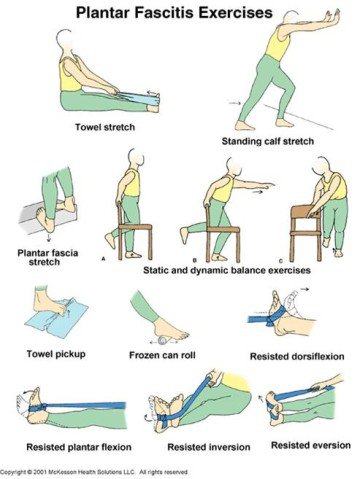 1. Floor exercise for heel spurs
1. Floor exercise for heel spurs
In addition to following the guidelines that your doctor and orthopedist give you, you should do the following exercise, which is great for treating heel spurs. But be careful – don’t overdo it.
The exercise is very simple. Just sit on a couch or a chair to steady yourself, then put a towel on the floor in front of you and try to grab it with your toes. This simple movement will help you regain mobility in your foot and ease the pain and other symptoms of heel spurs. Do it about three times a day.
2. Simple stretches
This is another easy exercise. As you can see in the image above, all you need to do is lean over the edge of a table and pretend you’re pushing against it. One leg is bent, and the other stretches the heel region slightly. Do this exercise for at least 5 minutes, two times a day. It’s simple and not very tiring.
See also: What’s Causing Heel Pain
3. Rolling a water bottle
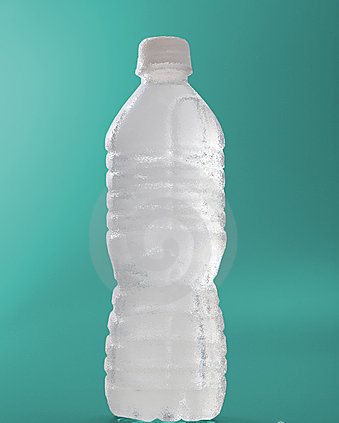
As you will see, these exercises based on simple stretches are quite effective. At night, you can also find some splints that will help treat heel spurs – certain brands can be found in drug stores. Over time you’ll find it improves, but occasionally surgery is needed to completely alleviate the problem. Above all, be patient and take good care of yourself in whatever ways you can.
This text is provided for informational purposes only and does not replace consultation with a professional. If in doubt, consult your specialist.








